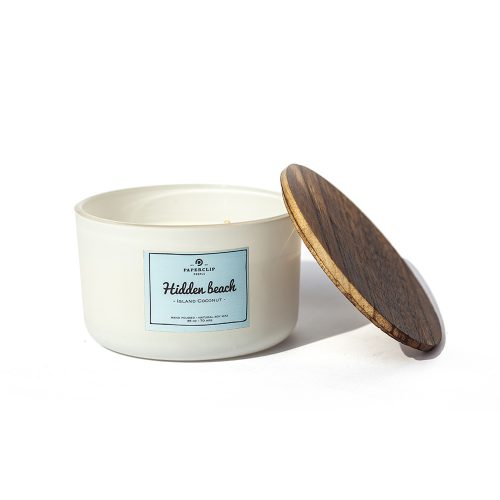Description
Understanding fragrances and scents notes :
Top Notes :
Top notes (also known as head notes) are the first hints of scent that you perceive with your sense of smell. These are often considered the first impression of your candle and are usually perceived as “sharp” or “fresh” smells. Examples of top notes are: citrus, bergamot, lemongrass, or herbal scents.
You may be familiar with the term “top note” when thinking about perfume or cologne. In fragrances meant to be worn on human bodies, top notes are very prevalent upon first spritz, but quickly evaporate, leaving the more stable middle and base notes to be enjoyed throughout the day.
Middle notes :
Middle notes (also known as heart notes) are the “personality” of any candle’s fragrance. These scent notes will start to appear almost immediately after the fleeting top notes have arisen. Throughout the burn time of the candle, these notes will stick around while the candle is lit and subtly drift into the base notes (which we’ll discuss later).
In a good candle, middle notes will work with a top note to form a complimentary scent. Good examples of middle notes are scents like cinnamon, lilac, rose, and lavender.
Base Notes :
Base notes are super-stable and tend to be the last smells to appear to our senses. Base notes start to appear after the middle notes and are typically the scents that waft and stick around throughout the burn time of a candle.
On a molecular level, these scents have the largest molecules. They evaporate out of the wax the most slowly, but once they appear, they have a powerful, long-lasting effect on your environment.
Most base notes are rich, sweet, or musky. They are the basic “roundness” of any scent – think vanilla, sandalwood, musk, or other earthy scents.





















